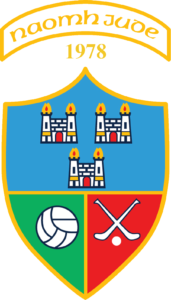From working together to thriving together
Great teamwork doesn’t just happen - it’s built through understanding, communication, and shared purpose. When people collaborate well, they make better decisions, support each other’s efforts, and adapt more effectively to change. Developing collaborative capability across your organisation empowers individuals and teams to achieve more together.
- Collaborative skills are shaped by doing, not just discussing
- Trust and teamwork grow when people solve problems side by side
- Better outcomes follow when collaboration is deliberate and embedded


.png)

